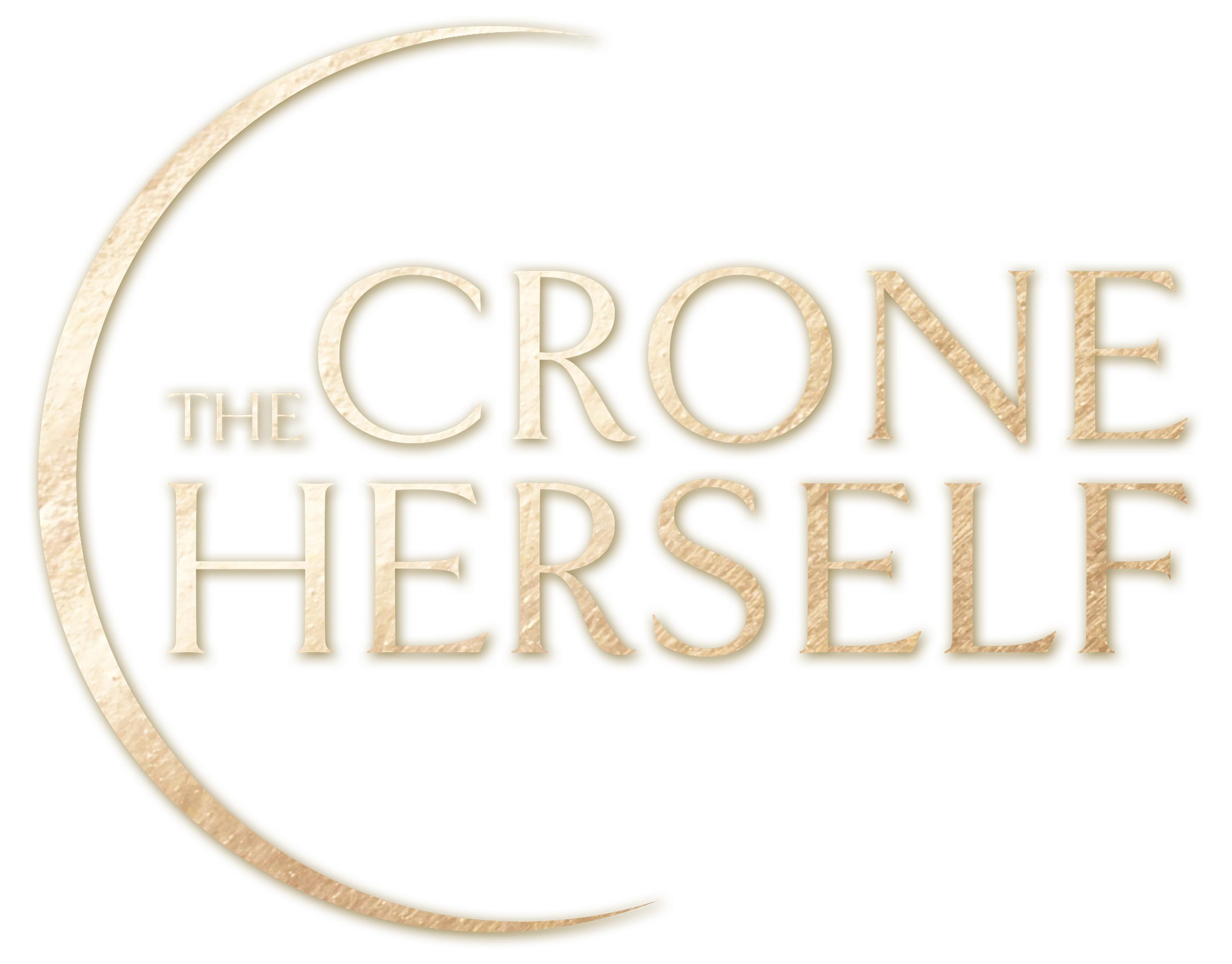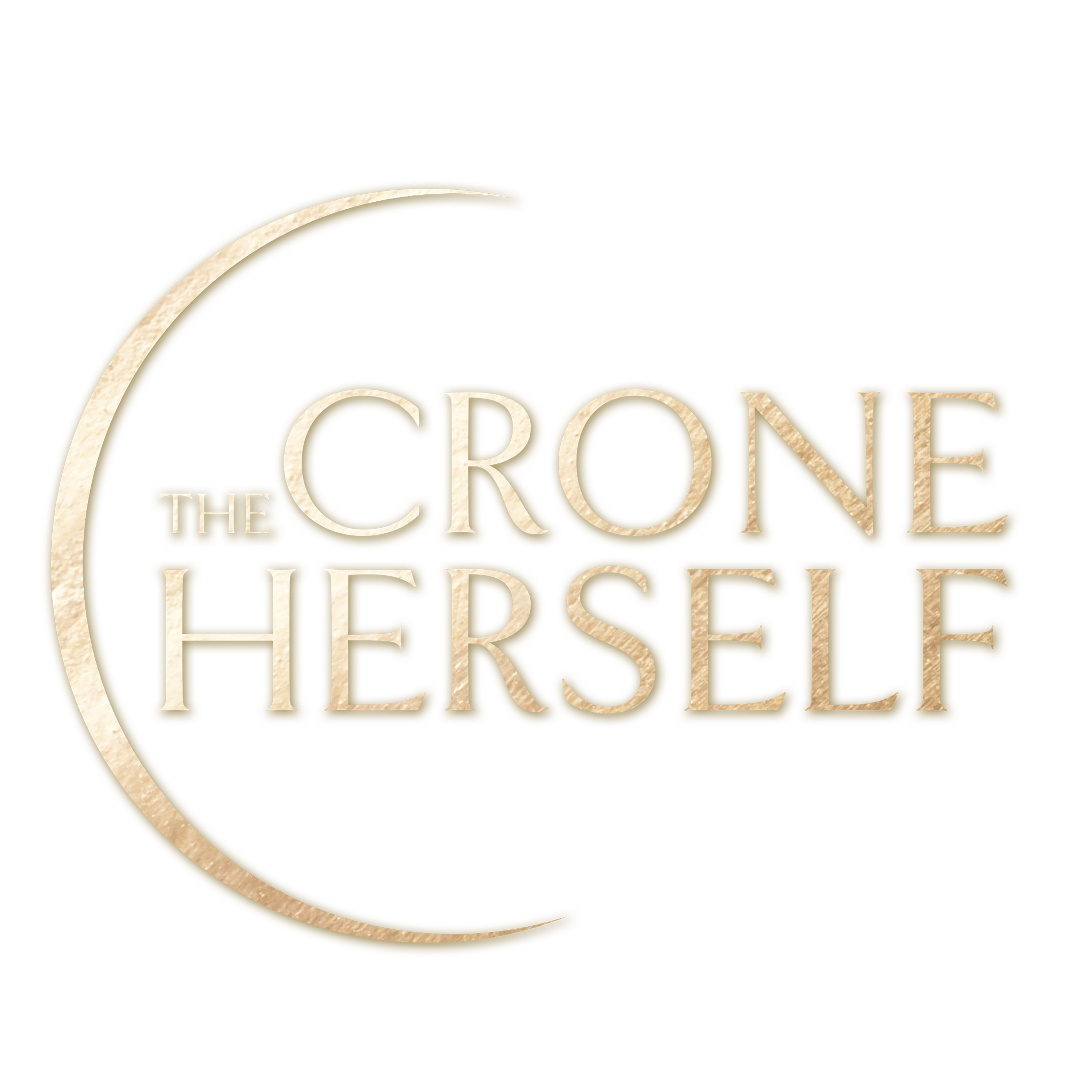WHEEL OF THE YEAR
Brighid
What is Brighid (Also known as Imbolc & Candlemas)
Imbolc is the mid-point between Winter Solstice and Spring Equinox. Known as a “cross-quarter” day, it is often celebrated as the emergence of spring. The daylight hours are extended, warming up the land and our own hope for Spring’s renewal. Though Gaelic and pre-Christian and in its origins, Imbolc coincides with important Christian feast days, including The Feast of Saint Brighid, and Candlemas. Like all of the high points, or Sabbats, on the Wheel of the Year, this important day was, and continues to be, recognized cross-culturally in a variety of ways, on or around the first of February.
The Crone Herself honors these old, ancestral traditions, while encouraging us to understand the land, climate, and culture we currently live in. Developing a more personalized, hyper-local, and culturally relevant approach to marking the Wheel Year’s seasonal shifts helps us celebrate in meaningful ways during intersecting global crises. We honor the ancestors and become the bridge between them and our descendants.
Symbols of Brighid
Imbolc, is a Gaelic festival celebrating the beginning of spring, and sometimes the Goddess Brighid. Also known as Candlemas–a Christianized version of the ancient rites. Some symbols associated with Brigid, Imbolc, and Candlemas include fire, candles, the sun, oats, eggs, milk, wells, the blacksmith’s forge, and the rebirth of the land. Candles are lit on January 31st to honor and welcome Brighid as she is said to visit households on Imbolc eve. Many pagans will light candles in each room of their house both to honor Brighid and symbolize the return of longer, warmer days. Oats are symbolic of the sun’s reawakening and promise of new crops, while eggs represent new life, fertility and the beginning of spring. Imbolc and Candlemas are times focused on new beginnings, growth, and renewal. The symbols of the festival reflect these themes of emergence from winter and the first stirrings of spring.
Colors of Brighid
The Irish goddess Brighid is strongly linked to the colors white, red, and green. White symbolizes purity, wisdom, water, and peace, and is connected to Brighid in her role as a goddess of healing, sacred wells, and inspiration. As a solar goddess, Brighid is also associated with the life-giving power of the sun, represented by the color red. Red signifies the fires of the forge and hearth over which Brighid presides as a goddess of smithcraft. Green is the color of nature and fertility, reflecting Brighid’s role as a goddess of springtime and new growth. In folklore, it was said that wearing green invoked Brighid’s blessings. White, red, and green together reflect the multi-faceted aspects of Brighid as a goddess of poetry, medicine, smithwork, and new beginnings. The vivid colors symbolize her many divine gifts bestowed upon the world.
Brighid Traditions
Imbolc is a time for rituals celebrating the return of the sun and renewed fertility. Many pagans light candles or bonfires in honor of Brighid, the Irish goddess associated with fire and creativity. A Brighid’s cross, made from rushes or reeds, is traditionally hung over doorways as a protector of homes. Some also weave Brighid dolls from straw to represent the goddess. Imbolc is considered a time when Brighid begins preparing the land for new growth and so grains, seeds and meal are often incorporated into seasonal dishes. Candles may be lit in each room of the house asking Brighid’s blessings. Rituals often involve leaving offerings at sacred wells and rivers such as bread, milk or ale. Imbolc is also when some pagans dedicate themselves to creative pursuits or make commitments to developing new skills as a symbolic invocation of Brighid’s gifts of inspiration. The traditions center on honoring Brighid while seeking her aid in bringing forth new beginnings.
Candlemas
When Christianity spread into the Celtic lands, the Church sought to incorporate existing pagan festivals into the Christian calendar. Imbolc, as a popular Gaelic festival celebrating the goddess Brighid and the return of spring, overlapped with February 2nd – the Feast of the Purification of the Virgin Mary.
Seeking to Christianize the pagan holiday, the Church designated February 2nd as Candlemas, a feast day honoring Mary’s purification and the presentation of the infant Jesus in the temple. The purification aspect allowed the Church to associate Candlemas with candles and light, similar to Imbolc customs. On Candlemas, the church blesses candles for it’s own use, and parishioners can some home for personal use.
The lighting of candles on Candlemas echoed Imbolc practices of welcoming Brighid and celebrating her gifts of inspiration and light. The candlelight processions of Candlemas replaced Imbolc fire rituals.
Additionally, some of Brighid’s attributes as a goddess of home, hearth, and childbirth were absorbed into Saint Brigid of Kildare. This allowed Brighid’s veneration to partially continue through a Christian saint.
Overall, the Church effectively Christianized Imbolc by designating February 2nd as the feast of Candlemas and connecting the date’s rituals to events in Jesus’ life rather than honoring the Celtic goddess Brighid.
Meditations for Brighid
This time of year, meditate on the noticeable return of solar light since Winter solstice. This is a transitional moment between Winter and Spring, so it’s a good time to consider what’s (or need to) undergoing transformation in your own life. Writers and other creatives will want to sit quietly, asking for renewed inspiration. Brighid is deeply connected to sacred wells, so meditating alongside streams and rivers near you, is always appropriate. If you choose to weave a Brighid’s cross, hold thoughts of prosperity, peace, and protection for your home as you do so.
For a guided meditation helping you bring your passion for creativity or other kinds of manifestation to Brighid for manifestion, see below!
Brighid Recipes
Brighid’s Oatcakes
Ingredients:
1 cup rolled oats
1/2 cup all-purpose flour
1/2 teaspoon salt
1/3 cup butter, chilled and cut into pieces
2-3 tablespoons milk or water
Instructions:
In a food processor, pulse oats until finely ground. Add flour and salt; pulse to combine.
Add butter and pulse until mixture resembles coarse crumbs.
Add milk or water 1 tablespoon at a time and pulse just until dough holds together.
On a floured surface, roll dough into a circle about 1/4 inch thick. Cut into quarters, then cut each quarter into 3 wedges.
Bake at 375°F for 12-15 minutes until lightly browned.
Irish Soda Bread
Ingredients:
3 cups all-purpose flour
1 tablespoon baking powder
1 teaspoon salt
1 teaspoon baking soda
2 tablespoons sugar
1⁄4 cup butter, softened
1 1/4 cups buttermilk
1 egg
1⁄4 cup raisins (optional)
Instructions:
Preheat oven to 375°F. Lightly grease a baking sheet.
In a large bowl, whisk together the flour, baking powder, salt, baking soda and sugar. Cut in the butter until mixture resembles coarse crumbs.
In a small bowl, whisk together buttermilk and egg. Pour into flour mixture and stir just until dough comes together. Fold in raisins.
Turn dough onto prepared baking sheet and shape into a round loaf. Score an ‘X’ on top with a knife.
Bake 35-40 minutes until bread sounds hollow when tapped. Cool completely before slicing.

